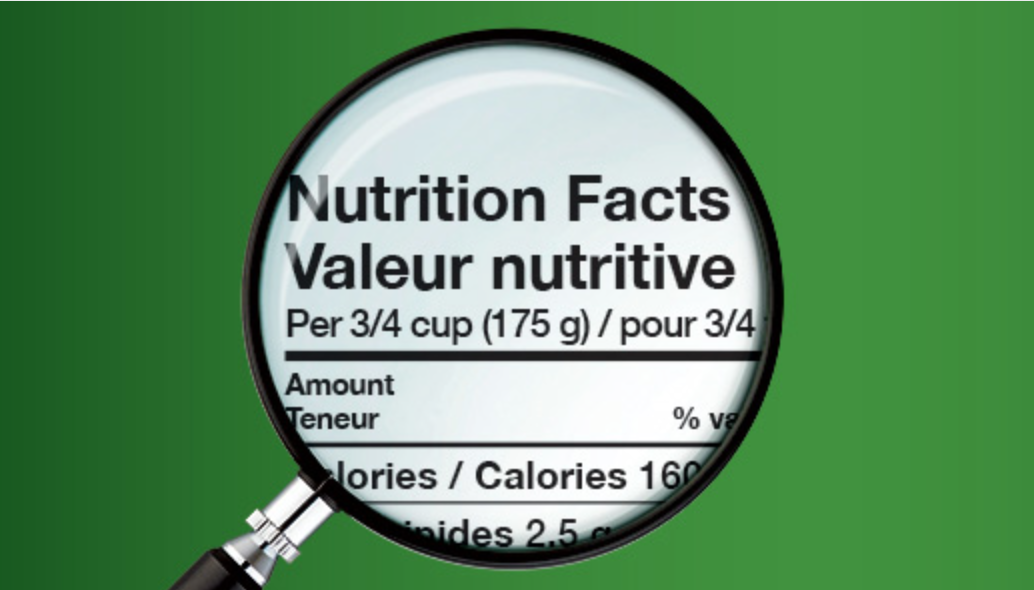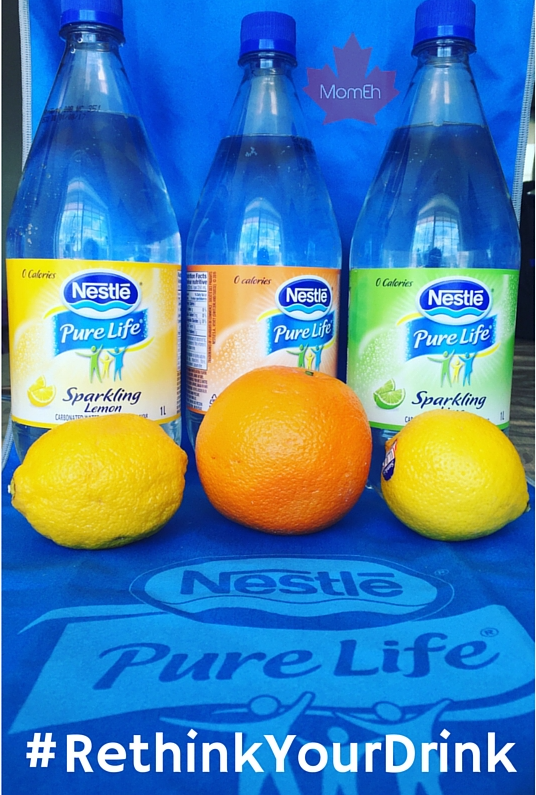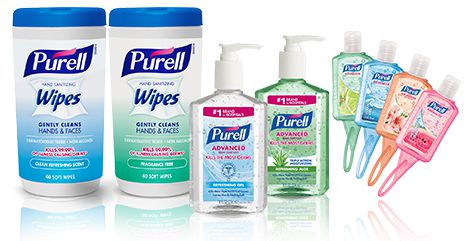Why the Nutritional Facts Table Matters #FocusOnTheFacts
Eating healthy doesn’t always come easy. With so many different types of food labels, it can sometimes be difficult to navigate the grocery store aisle. Thankfully The Nutrition Facts Education Campaign: “Focus on the Facts” was created to help Canadians use the Nutrition Facts table (NFt) to make informed food choices by starting with the serving size and then looking at the Percent Daily Value (% DV).

Growing up as a child of South Asian immigrants we ate a balanced diet of fish, meat, vegetables and lentils/pulses. We had fruits every day and were healthy for the most part. We ate that way because that’s how our parents grew up eating and their parents before them. It was tradition. Also a part of tradition was a love for fried foods such as samosa, namak para and other finger licking Pakistani/Indian treats. The sometimes foods we now know of (chips, candy, chocolate, pastries etc…) were also a fairly regular part of my childhood.
Nowadays, we try to be more careful with what we eat and the frequency with which we indulge in these foods. I try to swap ingredients and find healthier alternatives for those foods when possible such as baked samosas instead of fried.
It can sometimes be difficult to compare two seemingly similar products to determine which one has greater nutritional value when grocery shopping, that’s why I’m teaching my kids to focus on the facts and learn to read Nutrition Facts.
Thankfully my kids love to eat plenty of fruits and vegetables, it’s the sometimes foods we struggle with.

By using the Serving Size and % DV in the NFt, consumers can choose foods that have more of the nutrients they want like fibre and calcium, and less of those they don’t want, like saturated and trans fats and sodium. The campaign encourages people to look at the NFt and start with Serving Size, found under the header “Nutrition Facts”; then look at Percent Daily Value (% DV) on the right side of the NFt; then use the % DV to see if the Serving Size has a little or a lot of a nutrient – 5% DV or less is a little and 15% DV or more is a lot.
Not all foods have a Nutrition Facts table. The following foods are not required to have one:
- Raw fish and seafood
- Raw meat and poultry (except when it is ground)
- Fresh vegetables and fruits
- Foods that contain very few nutrients such as coffee, tea, herbs and spices
- Foods prepared or processed at the store (bakery items, salads, etc)
- Alcoholic beverages
Other exceptions include:
- beverages with an alcohol content over 0.5%
- foods, prepared, processed and sold at a:
- road-side stand
- craft show
- flea market
- fair
- farmers’ market
- sugar bush
You will not find a nutrition facts table on foods that contain very few nutrients, such as:
- coffee
- tea
- vinegar
- spices
Restaurants and food service businesses also do not need to provide a nutrition facts table with their products.
Your family comes first in every decision you make. Every family’s preferences and tastes vary. The NFt are found on most packaged food products in Canada are key to making an informed choice for you and your family in a few easy steps. The campaign encourages Canadians to start with the serving size and then use the % DV to choose the nutrients you want a lot or a little of.
In Canada, labels are standardized so every single product must be the same. It’s also important to know that the % daily intake is based on a 2000 calorie diet.
The NFEC’s Fact Finder’s Mission is your opportunity to learn tips for how to best use the NFt on a daily basis and share your experience and learning with your readers/followers. Check it out for more details and to explore how you can make healthier food choices for your loved ones.










I rarely read the labels. I really need to be better about that.
I always read the lables. Two kids with severe food allergies. I read everything!
I am so terrible about reading labels. I rarely know what nutrients are in my food or how many calories it has.
I am trying to learn how to read the back of the packages I buy. I am trying to do less carbs, but I never know what is a lot and what is a little. I am going to take a class on it so that I can! I think that it is very important!
We have been really aware about reading labels. We have been working on eating better and cutting out different things. Great break downs about the labels!
What great information. I hate to admit, but I don’t always check labels, but I try to. The main thing is that I try to feed the family fresh meats, fresh veggies, and fresh fruits. Thanks so much for all of this info
Interesting I never knew that certain foods were not required to have a nutrition label! I always look at a label before buying something!
I’ve always been really bad about looking at the nutrition label. But honestly, now that my baby is starting solids, I’ve found myself looking at them much more often. I want to make sure that if I’m getting some canned fruits or something to make baby food with that there’s no added sugar and it’s something that’s healthy for her to be eating.
I nee to be consistent about reading labels. I go through phases where I’m really on top of it, and other times where I’m totally oblivious.
I have been looking at labels more lately. It is such an eye opener for me.
I need to be looking at labels more often. I normally check for the fat and sugar but that’s it. I use to check for other things because my youngest use to be allergic to dairy. This is a really good post. I’ll make sure to pay more attention to the labels.
You have to keep aware of what you’re putting into the body of yourself and your family!
Looking at labels is also important, I normally check fat
Since we have recently became a gluten free family, I make sure to read the labels! it is important to know what you are putting into your body.
It’s definitely a habit we should help instill in them at a young age. Labels tell us everything.